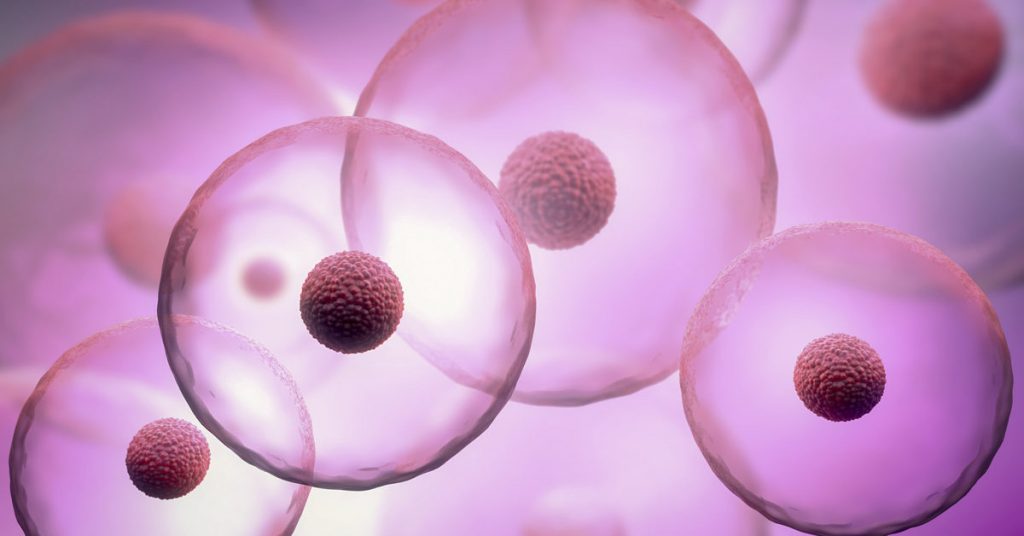Animals – A Conglomeration of Cells
3 min read
Cells are the microscopic functional and structural units of a living organism. There are many cell types found among the protozoans, fungi, plants and animals. These cells differ in form, size, function and also in the degree of specialisation. Typically, similar cells ensemble to form a tissue and carry out a specific function. Tissue is consider as an organisational level present between the cellular level and a complete organ.
Biological Organisation in Animals
Each organism has a different degree of organisation. Most complex organisms have an organ system level of biological organisation. Here, tissues with specific functions are grouped together as organs which in turn form the organ system.
Cells
The cells are the basic units that form a complete organ system. Under normal conditions, cells are dynamic structures existing in a fluid environment. They form tissues in animals which are of four types – epithelium or epithelial tissue, muscular, connective and nervous tissue.
- Epithelium – They are a continuous and thin protective layer of cells that are compactly pack. They typically line the walls of blood vessels, organs, ducts, tubes and body cavities.
- Muscular – They are soft tissues that compose the muscular part in most animals. The muscle tissues are made up of special proteins that help in various body movements.
- Connective – They are found in between other organs or tissues, provide support and linkage. They are abundant and widely distributed in most complex animals.
- Neural – The cells of this tissue are the major components that make up the nervous system. It has the greatest control over the body’s responsive functions.
These four basic tissues is associate with forming organs which further organise to form the organ system in most multicellular organisms. This type of structural organisation is vital for better coordination and more efficient body activities.
Collagen
Apart from the four basic tissues, there are several biomolecules like lipids, monosaccharides, hormones, vitamins and proteins that play a vital role in the body’s activities. Most of them, especially proteins, participate in every process that happens within the cells. Proteins are also cell adhering substances that provide contact between the cell surfaces.
Collagen is a structural protein that provides a framework for our bones, skin, tendons and ligaments. These structural proteins are abundantly found in the connective tissue of most mammals. Based on the degree of mineralisation, these protein structures can be rigid (bones), malleable (tendons) or somewhere between rigid to malleable (cartilage).
Some other parts where the collagen is present are the blood vessels, teeth, dentin and cornea. They are also found in the muscle tissues and serve as a vital integrant of the endomysium.
Do Plants Have Tissues?
The plant anatomy also shows tissues that can broadly be classified into meristematic and permanent tissues. The meristematic tissues are compose of undifferentiate cells that can undergo cell division. These dividing cells help in the development of tissues and organs in plants. On the other hand, cells of the permanent tissues do not generally divide further. In a plant body, they are typically place in a fixed position. The meristematic tissue, after taking a specific functional role, loses its ability to further differentiate. Thus, they take up a fixed shape, size and function and differentiate into permanent tissue.
Plants and animals are complex living organisms compared to microbes and fungi. Though complex, their basic structural units are microscopic cells. These cells group to form tissues and organs, which paves the way for both internal and external differences in these living organisms.
To get an in-depth visual explanation of the epithelial and neural tissues, register at BYJU’S YouTube channel.





